Smartler - Smartler
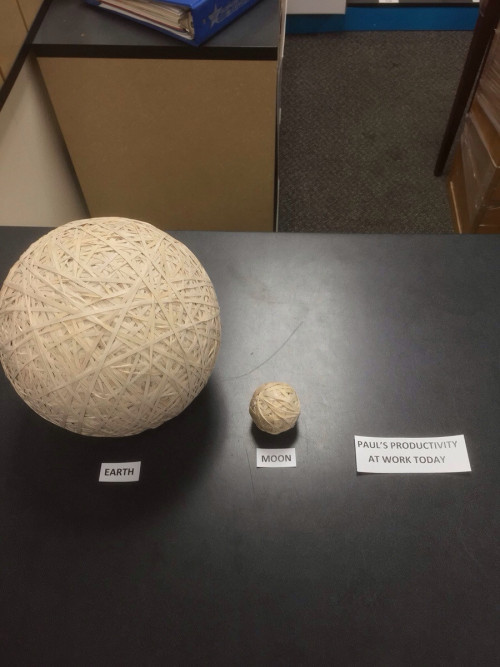
More Posts from Smartler and Others
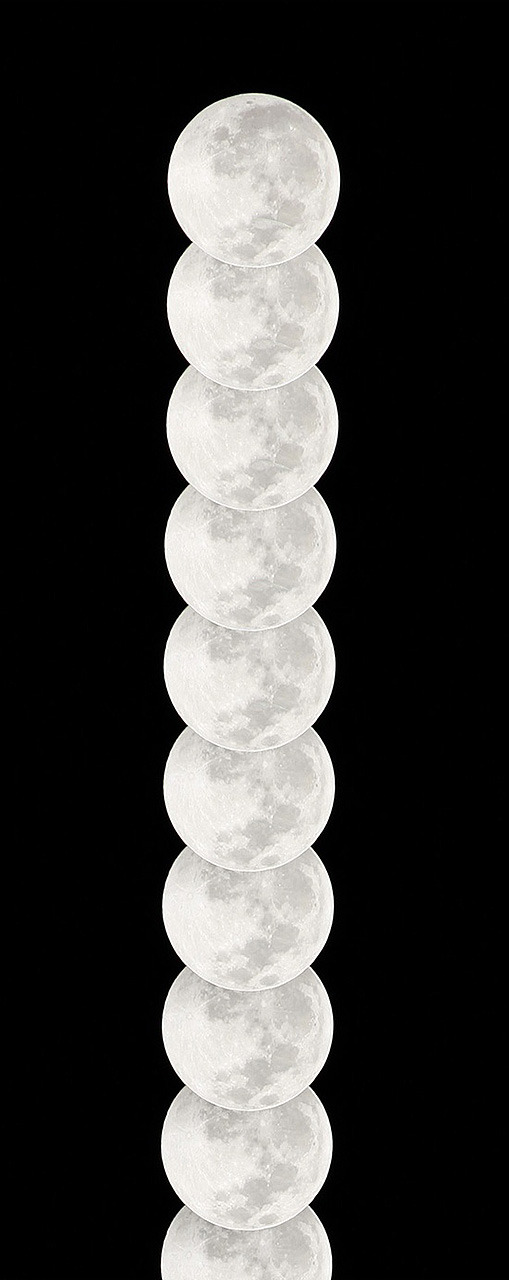

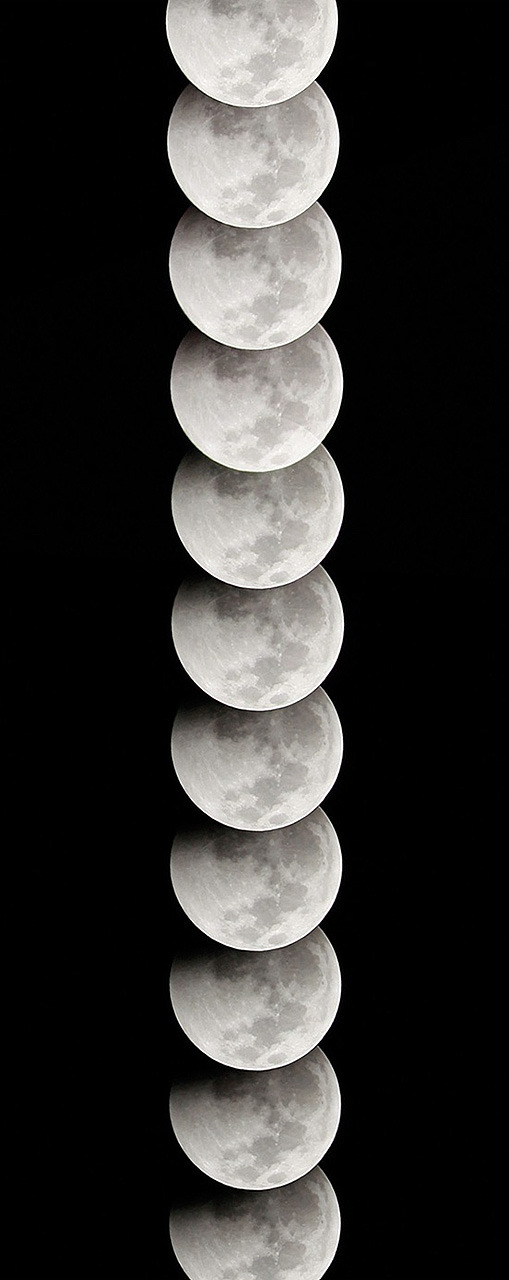
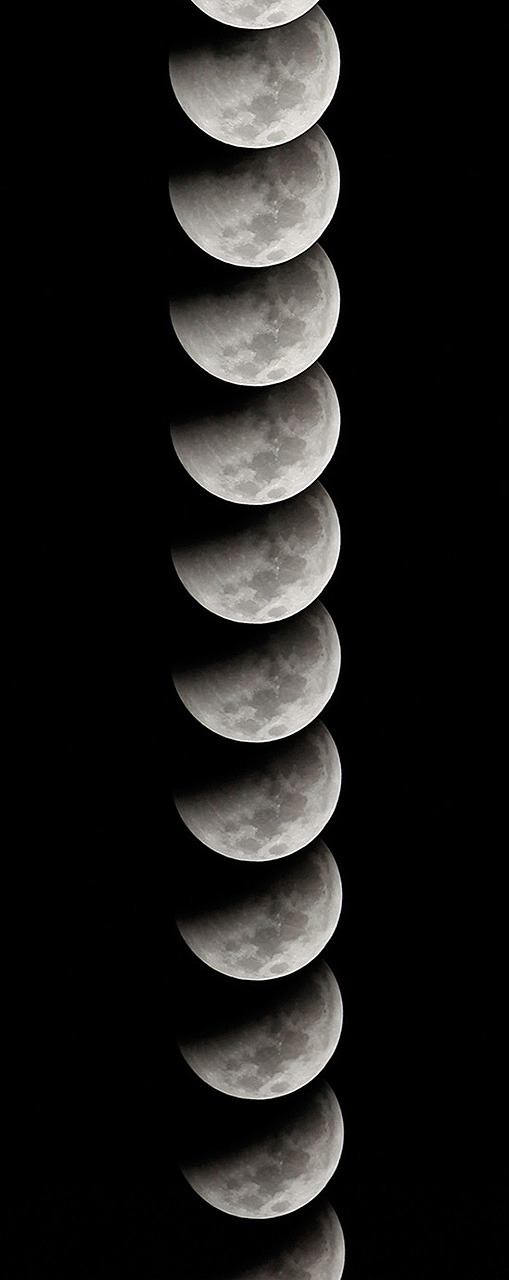

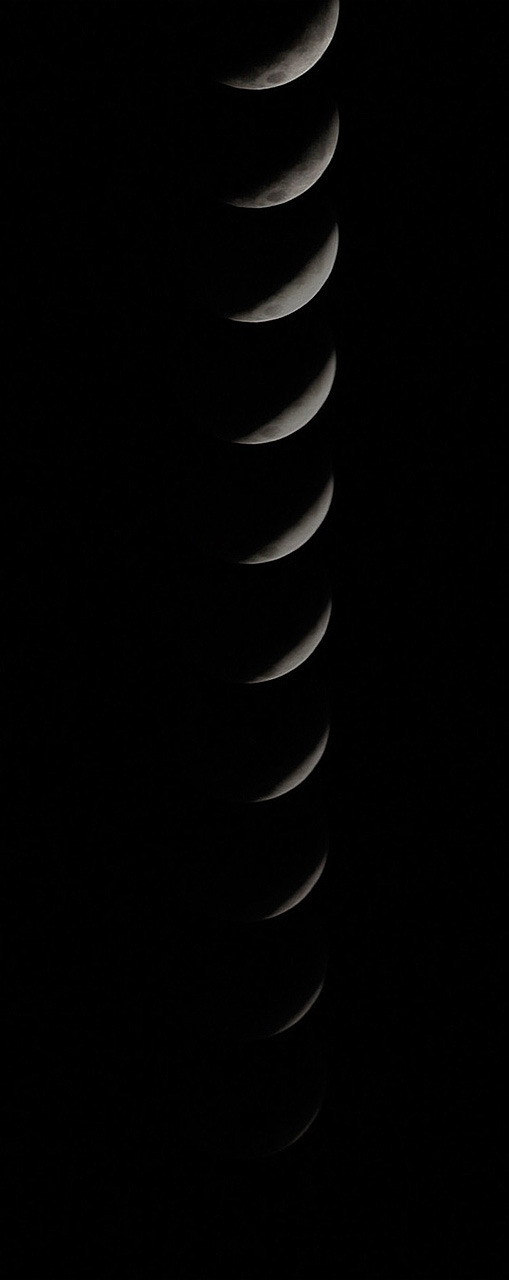
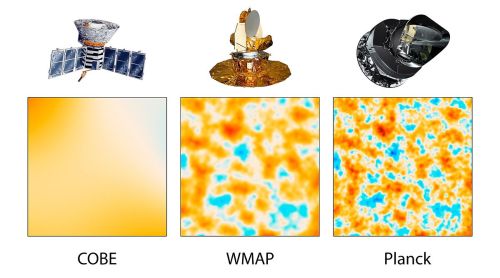
See what technology was used in determining the age of the #Universe
http://astronomyisawesome.com/universe/the-age-of-the-universe/
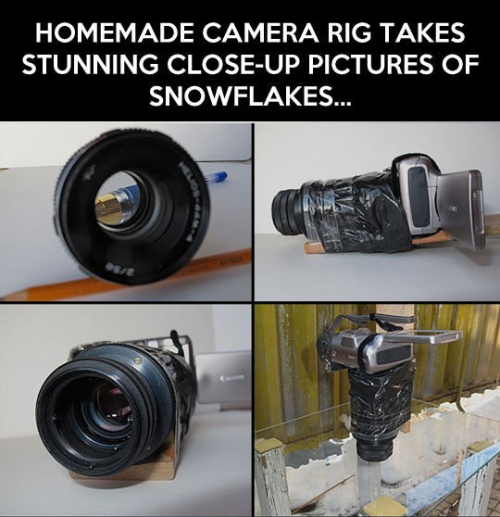
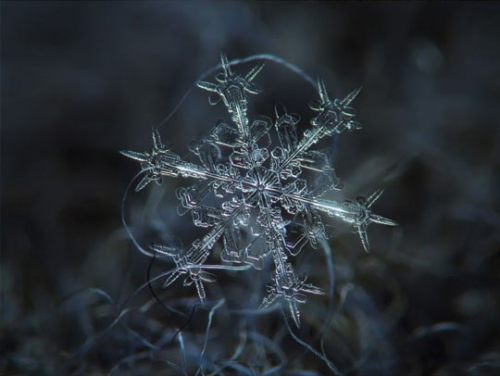
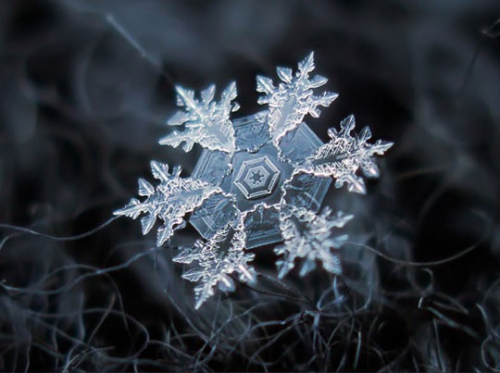
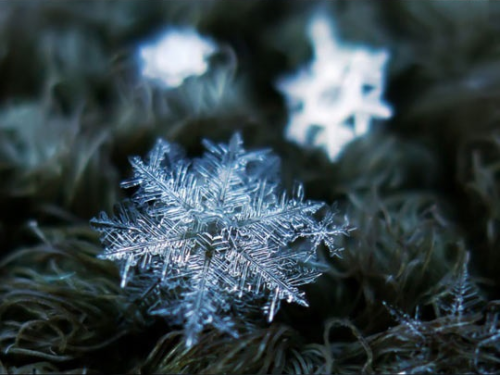
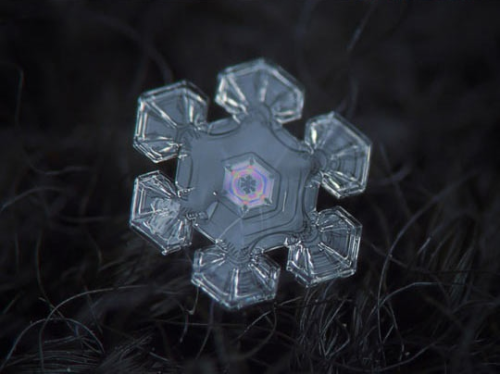

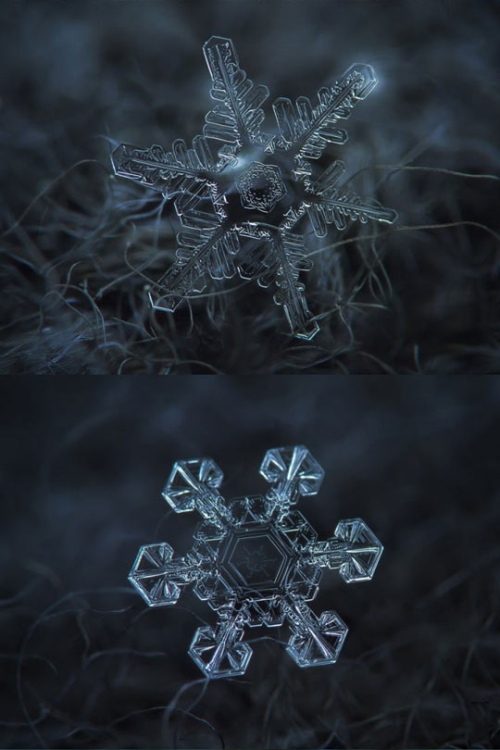



Homemade camera rig takes stunning close-up pictures of snowflakes

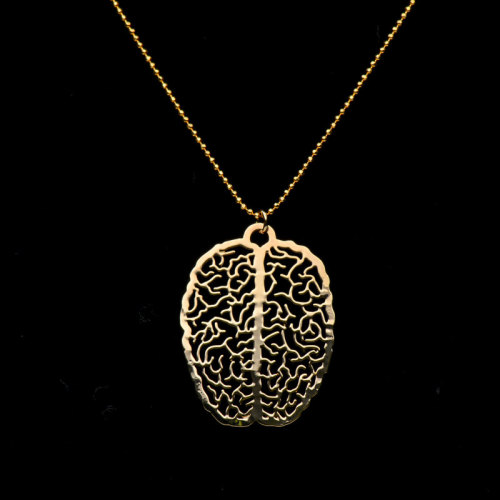
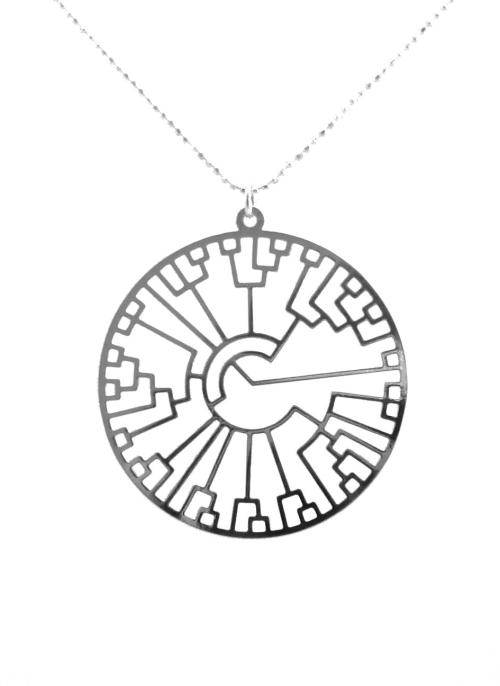
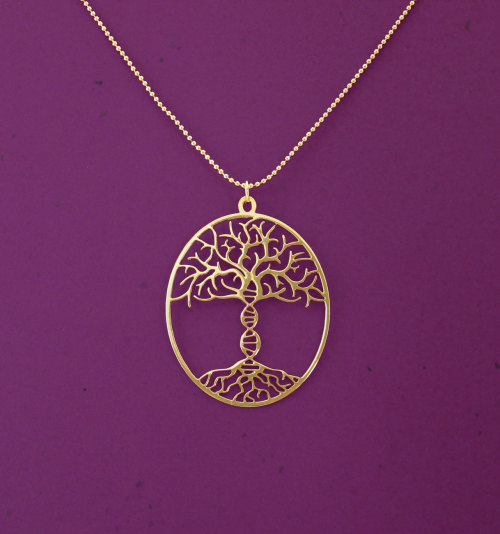
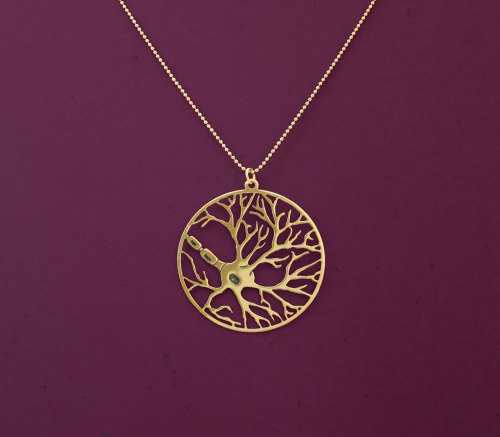
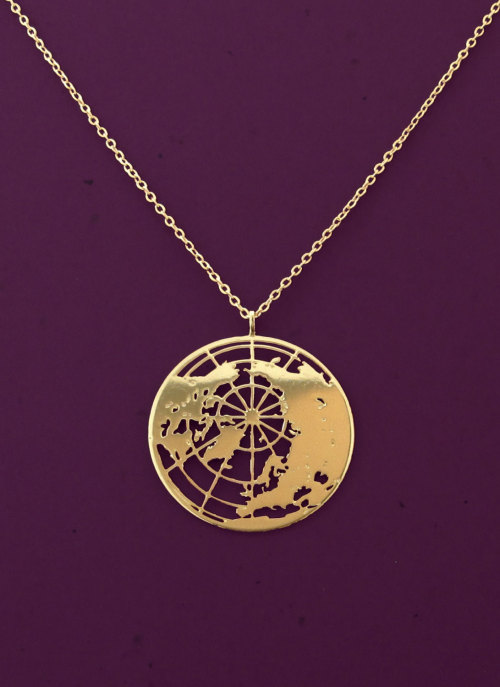
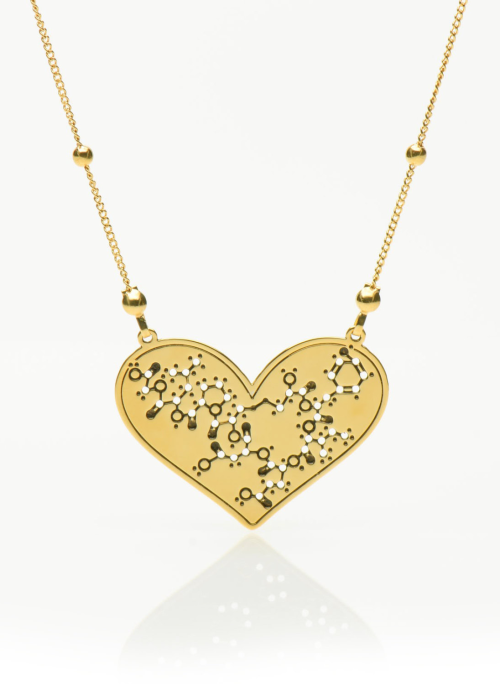
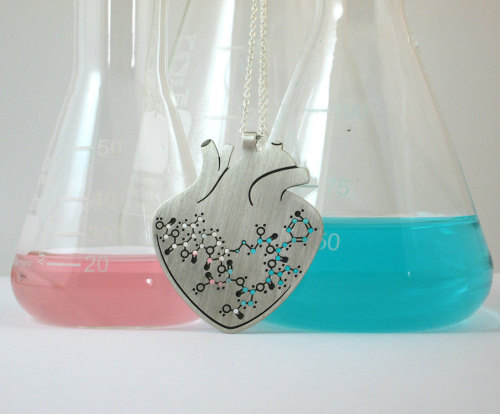
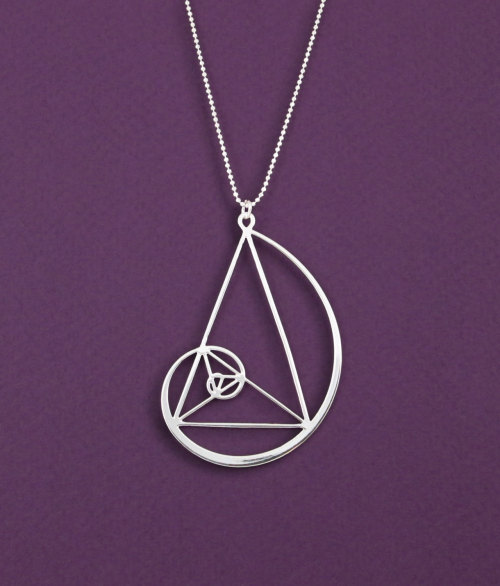
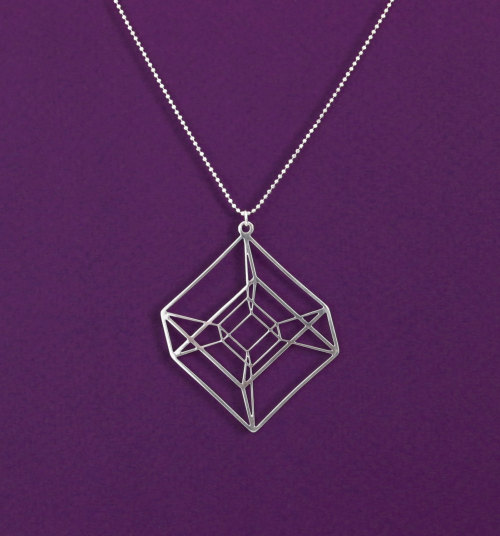

‘Jewelry for scientists, nerds and geeks of all kinds’ - including the Evolution Tree, Oxytocin and Solar System necklaces - by Delftia on Etsy
• So Super Awesome is also on Facebook, Twitter and Pinterest •


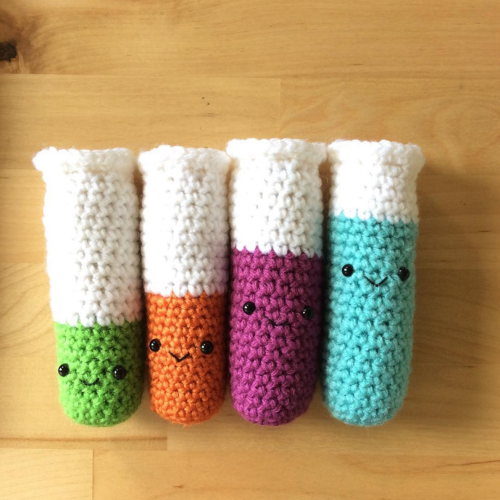


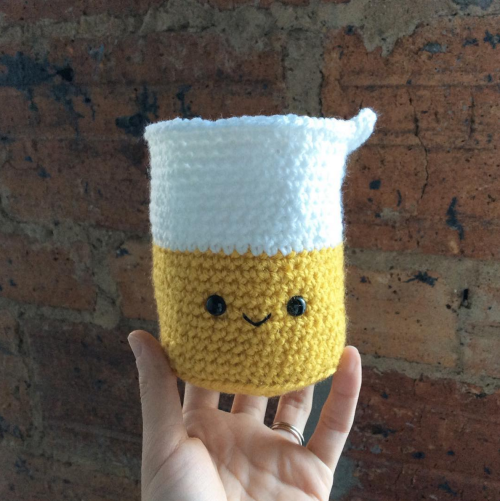


Textile Art + Science = Crocheted Chemistry
Dallas, TX-based textile artist Lauren Espy just completed crocheting the cutest chemistry set we’ve ever seen. Each handmade piece of amigurumi lab equipment, colorful beakers and test tubes, and a fiery little bunsen burner (our favorite), wears a smiling face that clearly says they’re ready to do some awesome science.

Follow Lauren Espy on Instagram to check out more of her crocheted creations. Espy sells some of her pieces via her Etsy shop, where she plans to list smaller pieces of crocheted chemistry equipment in the near future. So stay tuned!
[via A Menagerie of Stitches]
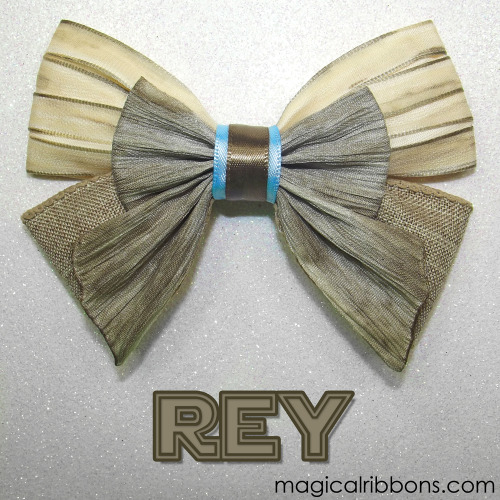





New Star Wars Inspired Bows by Magical Ribbons
If Earth had Saturn’s Rings
From an excellent post by Jason Davis
From Washington, D.C., the rings would only fill a portion of the sky, but appear striking nonetheless. Here, we see them at sunrise.

From Guatemala, only 14 degrees above the equator, the rings would begin to stretch across the horizon. Their reflected light would make the moon much brighter.

From Earth’s equator, Saturn’s rings would be viewed edge-on, appearing as a thin, bright line bisecting the sky.

At the March and September equinoxes, the Sun would be positioned directly over the rings, casting a dramatic shadow at the equator.

At midnight at the Tropic of Capricorn, which sits at 23 degrees south latitude, the Earth casts a shadow over the middle of the rings, while the outer portions remain lit.

via x
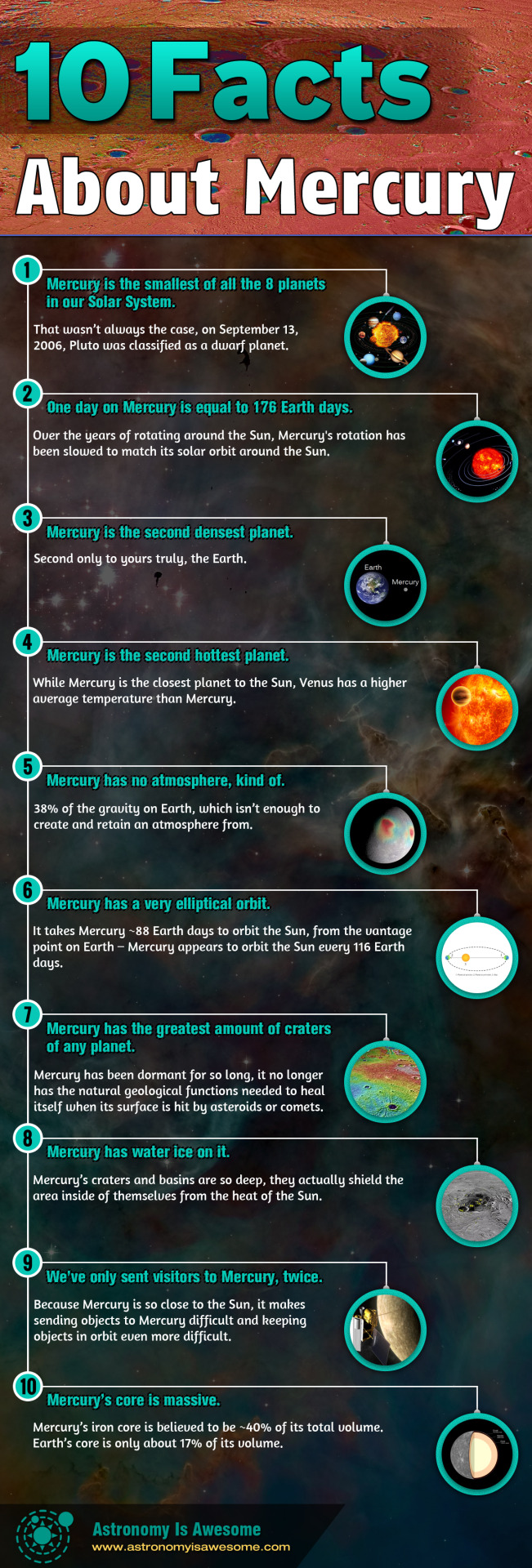
Check out our Infographic on Mercury here: http://astronomyisawesome.com/infographics/10-facts-about-mercury/

Check out Fingerprints of Water on the Sand via NASA http://ift.tt/1Mxtpaz
-
 novagoatia liked this · 6 months ago
novagoatia liked this · 6 months ago -
 afoolofhope reblogged this · 8 months ago
afoolofhope reblogged this · 8 months ago -
 apparentlyteodora reblogged this · 9 months ago
apparentlyteodora reblogged this · 9 months ago -
 apparentlyteodora liked this · 9 months ago
apparentlyteodora liked this · 9 months ago -
 themetalbabygirl liked this · 1 year ago
themetalbabygirl liked this · 1 year ago -
 theblackcat reblogged this · 1 year ago
theblackcat reblogged this · 1 year ago -
 fastleopard1521 liked this · 1 year ago
fastleopard1521 liked this · 1 year ago -
 radisyn liked this · 1 year ago
radisyn liked this · 1 year ago -
 lemonofthevalley liked this · 1 year ago
lemonofthevalley liked this · 1 year ago -
 y2ksnowglobe reblogged this · 1 year ago
y2ksnowglobe reblogged this · 1 year ago -
 ghijklmnopq liked this · 1 year ago
ghijklmnopq liked this · 1 year ago -
 01-11-81 liked this · 1 year ago
01-11-81 liked this · 1 year ago -
 decorbuziers-memorial liked this · 1 year ago
decorbuziers-memorial liked this · 1 year ago -
 zayngin liked this · 1 year ago
zayngin liked this · 1 year ago -
 starrydiadems liked this · 1 year ago
starrydiadems liked this · 1 year ago -
 unamentole liked this · 1 year ago
unamentole liked this · 1 year ago -
 iwillhaveamoonbase liked this · 1 year ago
iwillhaveamoonbase liked this · 1 year ago -
 michaelcerasofficial liked this · 1 year ago
michaelcerasofficial liked this · 1 year ago -
 captainenjolras liked this · 1 year ago
captainenjolras liked this · 1 year ago -
 marca-espana liked this · 2 years ago
marca-espana liked this · 2 years ago -
 jcmarksman liked this · 2 years ago
jcmarksman liked this · 2 years ago -
 nostalgicmiddleearth liked this · 2 years ago
nostalgicmiddleearth liked this · 2 years ago -
 blackjack-15 reblogged this · 2 years ago
blackjack-15 reblogged this · 2 years ago -
 manyarchives reblogged this · 2 years ago
manyarchives reblogged this · 2 years ago -
 afflefieplavour reblogged this · 2 years ago
afflefieplavour reblogged this · 2 years ago -
 dsknsk reblogged this · 2 years ago
dsknsk reblogged this · 2 years ago -
 cripple-cat reblogged this · 2 years ago
cripple-cat reblogged this · 2 years ago -
 cripple-cat liked this · 2 years ago
cripple-cat liked this · 2 years ago -
 ghostfacerssssss reblogged this · 2 years ago
ghostfacerssssss reblogged this · 2 years ago -
 ghostfacerssssss liked this · 2 years ago
ghostfacerssssss liked this · 2 years ago -
 alalcrumo liked this · 2 years ago
alalcrumo liked this · 2 years ago -
 lonelyfrogger reblogged this · 2 years ago
lonelyfrogger reblogged this · 2 years ago